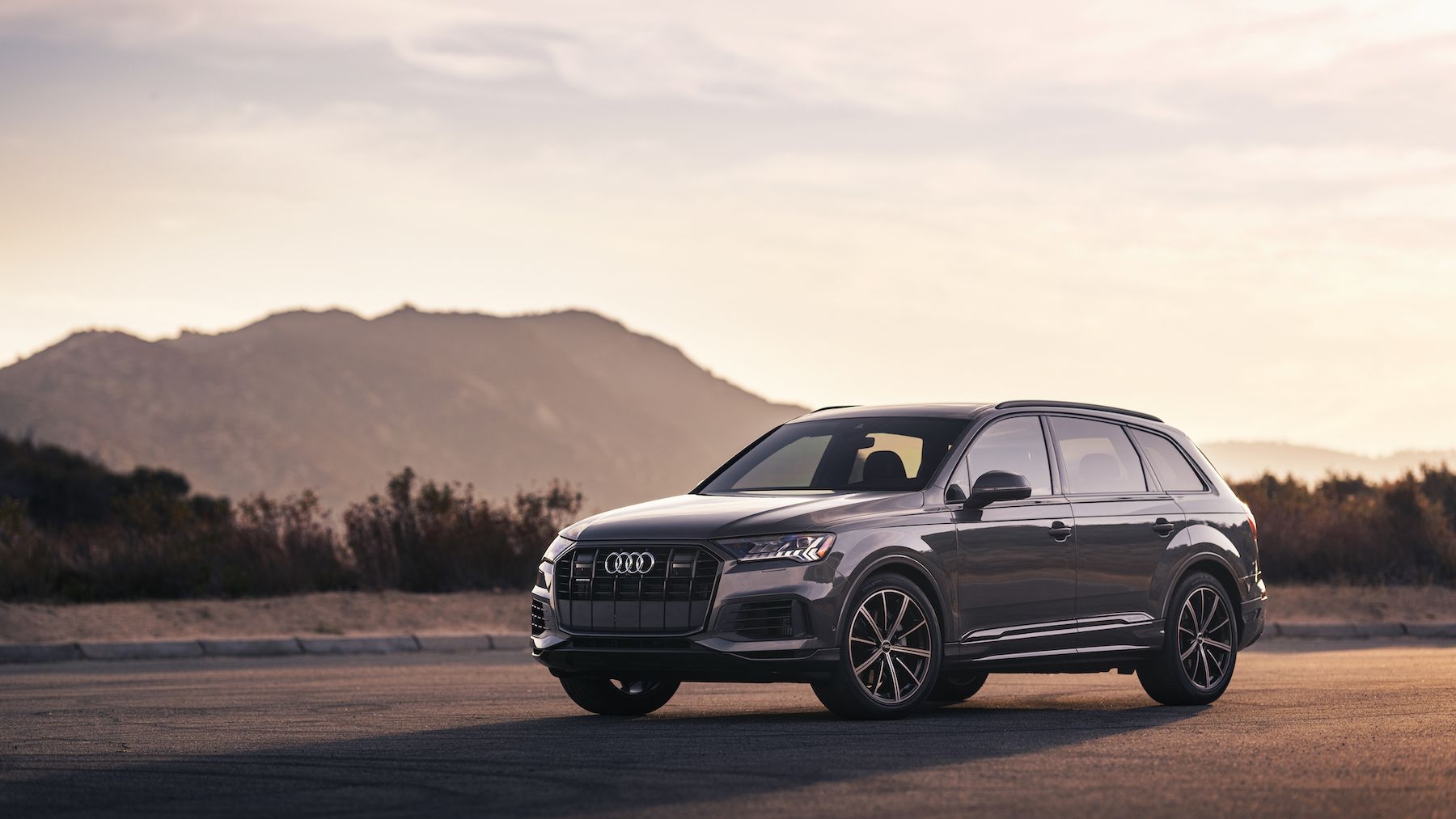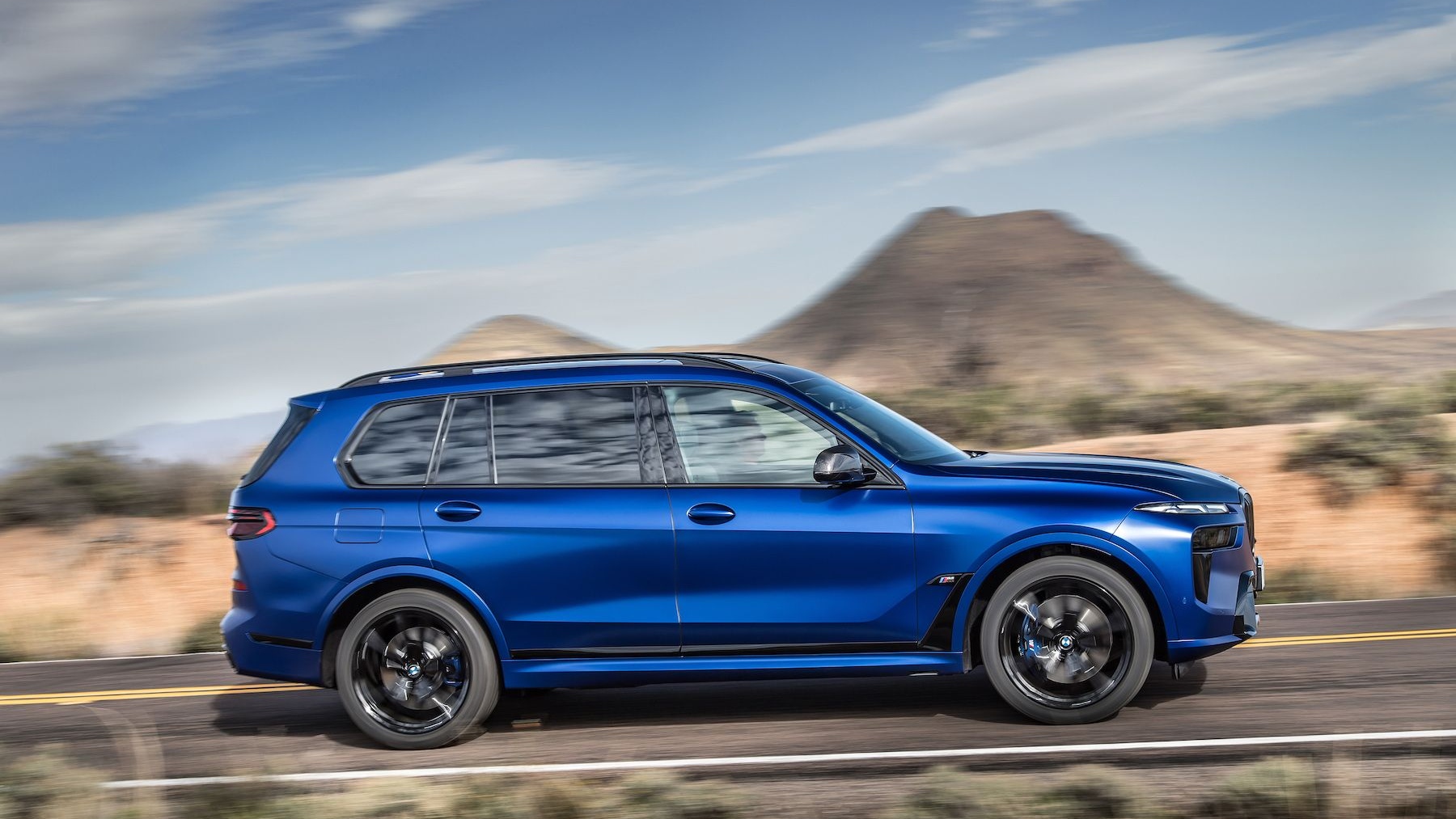A redesigned Volvo XC90 based on an updated version of the current model's SPA modular platform is due in 2022, and it will eventually feature technology capable of controlling the vehicle on highways without the need for driver monitoring.
The feature will be called Highway Pilot, and we should warn that it won't work on all highways. Volvo said the feature will only be activated when it is verified to be safe for designated highways and conditions. This ranks it at Level 4 on the SAE scale of self-driving capability. A true self-driving car capable of equaling a human ranks at Level 5 on the scale.
Making Highway Pilot possible will be an array of sensors, including lidar systems from Luminar, which will be fitted to all Volvos based on the updated SPA platform (SPA2). Software developed by Volvo's in-house self-driving division, Zenseact, will use data collected by the sensors to control the vehicle, with everything powered by Nvidia's Drive Orin computer. The computer is capable of 254 trillion operations per second.
In a 2018 interview with The Car Connection, Volvo R&D chief Henrik Green said Volvo plans to offer Highway Pilot as a "four-figure" premium add-on.
Although the hardware required for Highway Pilot will be ready when the redesigned XC90 launches next year, Volvo hasn't said when the feature will actually be made available. And even when the feature is available, it might not function in all countries, depending on what conditions it requires, as well as the existing regulatory environment.
A Level 4 self-driving system in private vehicles would be a major step forward in the automotive industry. While Waymo has a Level 4 self-driving taxi service available in parts of Phoenix, Arizona, when it comes to private vehicles we've only reached Level 2 capability as constant driver monitoring is always required. Things are starting to change, though. Honda in March announced a Level 3 self-driving feature for highways, albeit only in Japan. It, too, works on designated highways, and only allows the driver to take their eyes off the road for short periods.



